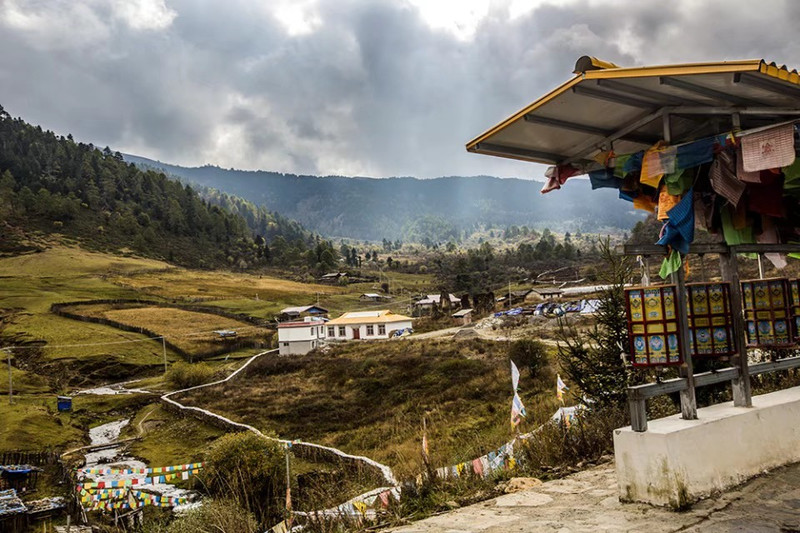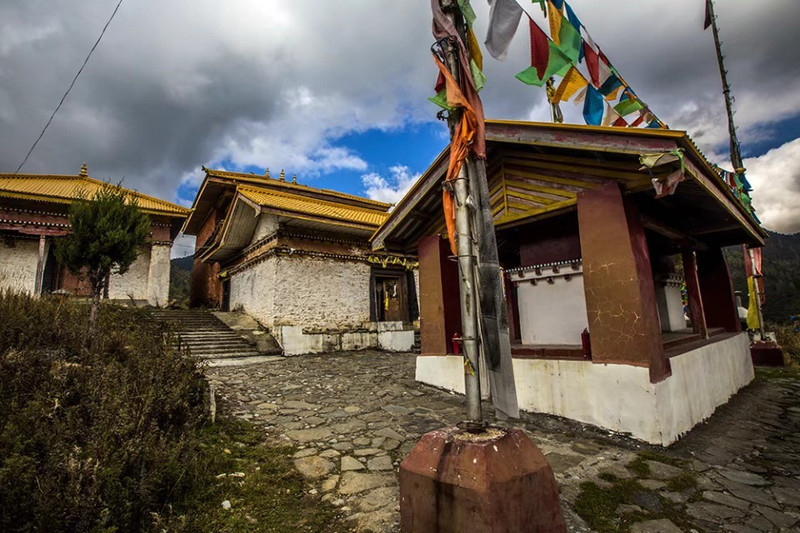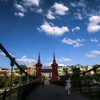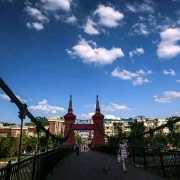Kangwu Temple is located on the top of Kangwu Mountain in Kangwu Ranch, at an altitude of 3,407 meters, with a construction area of 20,000 square meters, 50 kilometers away from the county seat, built in 1604, is the second temple built in Muli, and was listed in December 2007 as a key cultural relics protection unit in Sichuan Province.
;
Kangwu Dasi Review
5 /55 Reviews
Popular Destinations
Honolulu Travel | Milan Travel | Philadelphia Travel | Alexandria Bay Travel | Kota Kinabalu Travel | Lijiang Travel | Amsterdam Travel | Kunming Travel | Detroit Travel | South Korea Travel | Charleston Travel | Luoyang Travel | Ocean Springs Travel | Thailand Travel | Kathmandu Travel | Auckland Travel | Sharonville Travel | Casablanca Travel | Delhi Travel | Portland Travel | Kanoashi District Travel | Houston County Travel | Hoole Village Travel | Legnano Travel | Mata de Sao Joao Travel | Massena Travel | Qesm Sharm Ash Sheikh Travel | Ramalde Travel | Kiawah Island Travel | Wilhelmshaven Travel
Recommended Attractions at Popular Destinations
Bangkok attraction near me | Tokyo attraction near me | Manila attraction near me | Hong Kong attraction near me | Seoul attraction near me | Taipei attraction near me | Los Angeles attraction near me | New York attraction near me | Shanghai attraction near me | Shenzhen attraction near me | Kuala Lumpur attraction near me | Osaka attraction near me | Guangzhou attraction near me | Singapore attraction near me | London attraction near me | San Francisco attraction near me | Beijing attraction near me | Macau attraction near me | Bali attraction near me | Ho Chi Minh City attraction near me | Paris attraction near me | Orlando attraction near me | Jakarta attraction near me | Phuket attraction near me | Chicago attraction near me | Toronto attraction near me | Cebu attraction near me | Dallas attraction near me | Istanbul attraction near me | Dubai attraction near me
Popular Attractions
Xi 'an City Wall | Tower Bridge | SEA LIFE Kelly Tarlton's Aquarium | Jiuzhaigou Scenic Area | Picasso Museum Barcelona | SeaWorld Orlando | Hobbiton™ Movie Set Tours | Kennedy Space Center | Everland | Guangzhou Chimelong Tourist Resort | Tiger Kingdom - Phuket | JOJOZOO PARK九九峰動物樂園 | The Bund | Georgia Aquarium | Italia in Miniatura | Bavan Bir Mahadev | Familizoo | Casa del Niño Jesús Fundador | Winterfest Trolley Tours | Church of the Assumption of the Virgin Zia | Arulmigu Sri Navaladi Karuppannasami Temple | Emerson Unitarian Universalist Church | Saraland First Assembly | FeG Brandis - Freie evangelische Gemeinde | Red River Baptist Church | Niagara Falls State Park | King Power Mahanakhon | TeamLab Planets TOKYO | Rembrandt House Museum | Wuzhen Water Town
Popular Travelogues
Bangkok Travelogue | Tokyo Travelogue | Manila Travelogue | Hong Kong Travelogue | Seoul Travelogue | Taipei Travelogue | Los Angeles Travelogue | New York Travelogue | Shanghai Travelogue | Kuala Lumpur Travelogue | Shenzhen Travelogue | Guangzhou Travelogue | Osaka Travelogue | Singapore Travelogue | London Travelogue | San Francisco Travelogue | Beijing Travelogue | Macau Travelogue | Bali Travelogue | Paris Travelogue | Orlando Travelogue | Jakarta Travelogue | Ho Chi Minh City Travelogue | Phuket Travelogue | Chicago Travelogue | Toronto Travelogue | Cebu Travelogue | Dallas Travelogue | Istanbul Travelogue | Dubai Travelogue
Popular Ranked Lists
Popular Nightlife Districts in Chengdu | Top 8 Bars in Yangon | Popular Nightlife Districts in London | Top 15 Fine Dining in Brisbane | Popular Luxury Hotels Near Niigata | Top 9 Bars in Frankfurt | Popular Luxury Hotels Near Fes | Top 15 Bars in Belgrade | Popular Luxury Hotels Near Namhae | Popular Family-friendly Attractions Near Yuxi | Popular Family-friendly Attractions Near Shehong | Popular Luxury Hotels Near La Spezia | Popular Family-friendly Attractions Near Wen County | Top 21 Fine Dining in Taipei | Popular Premium Hotels in Te Anau | Popular Luxury Hotels Near Cairns | Top 14 Fine Dining in Nagoya | Top 5 Luxury Hotels in Canton of Geneva | Popular Luxury Hotels Near Tsinandali | Top 5 Bars in Manila | Top 4 Nightlife Districts in Osaka | Top 5 Nightlife Districts in Bangkok | Top 4 Nightlife Districts in Tokyo | Popular Nightlife Districts in Hong Kong | Popular Nightlife Districts in Pattaya | Popular Nightlife Districts in Dublin | Popular Nightlife Districts in London | Popular Nightlife Districts in Phuket | Popular Nightlife Districts in Seoul | Popular Nightlife Districts in Taipei
About
Payment Methods
Our Partners
Copyright © 2024 Trip.com Travel Singapore Pte. Ltd. All rights reserved
Site Operator: Trip.com Travel Singapore Pte. Ltd.
Site Operator: Trip.com Travel Singapore Pte. Ltd.






















